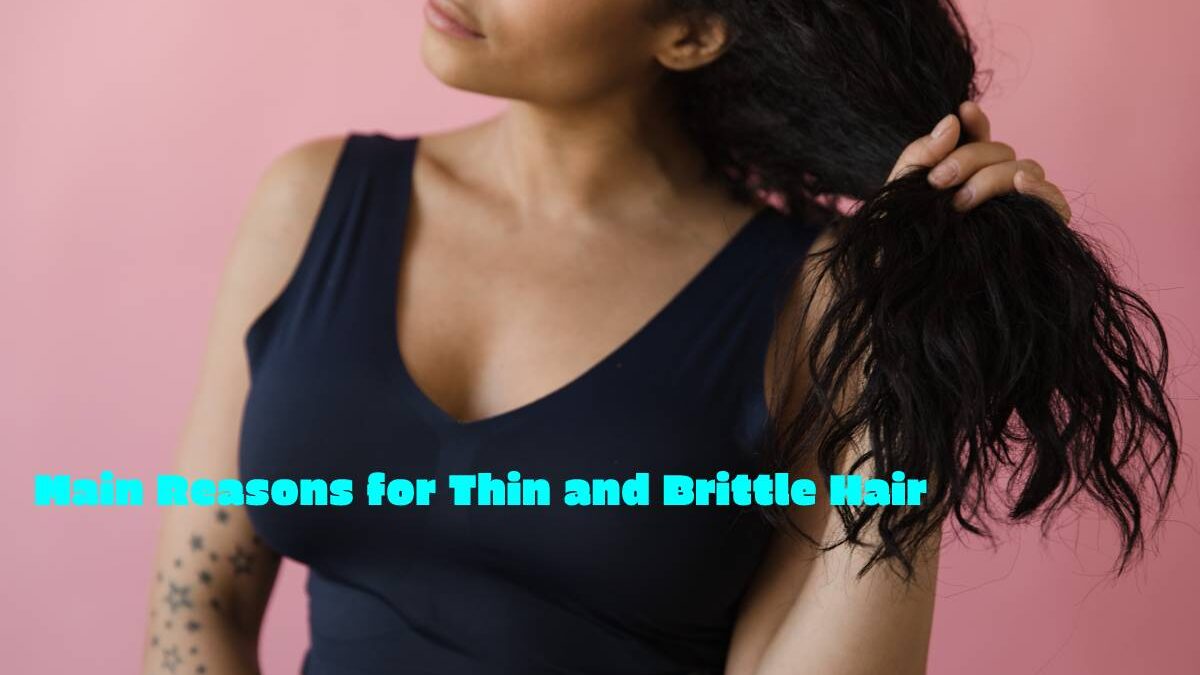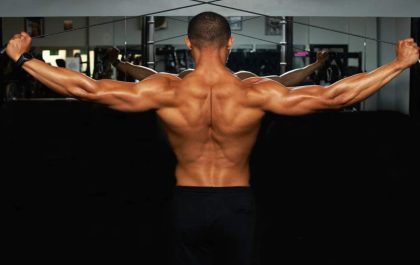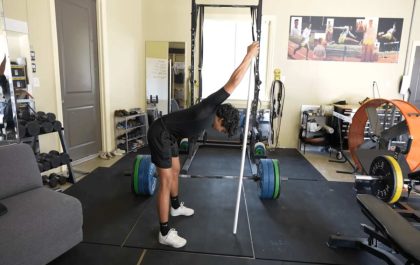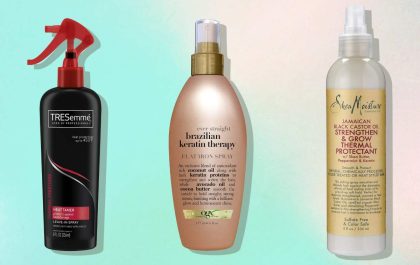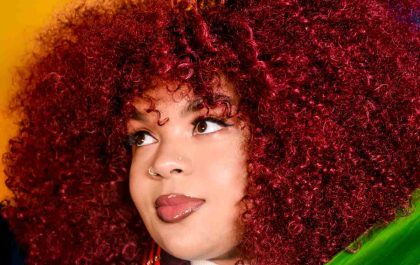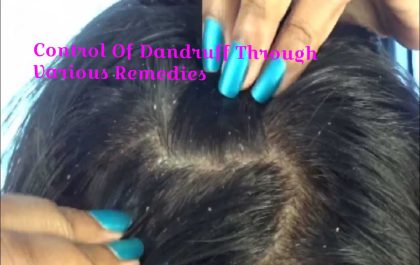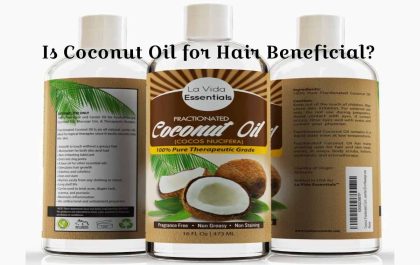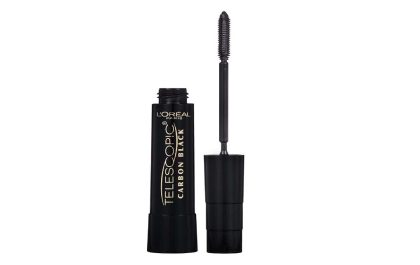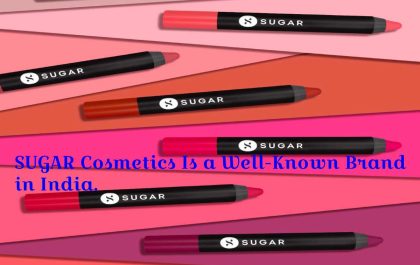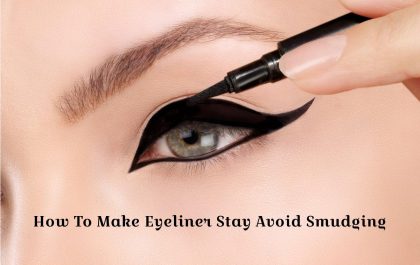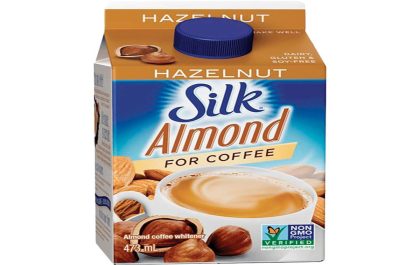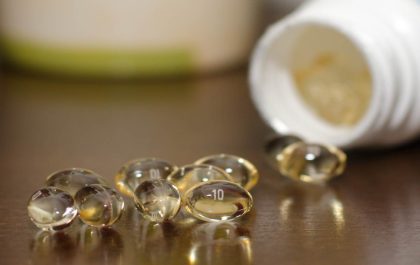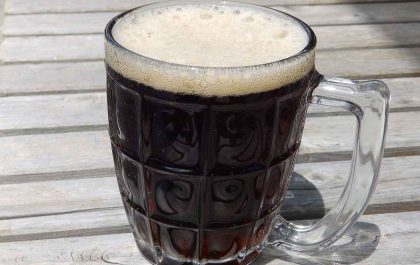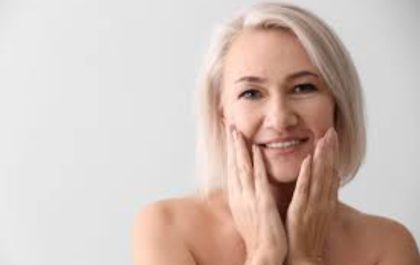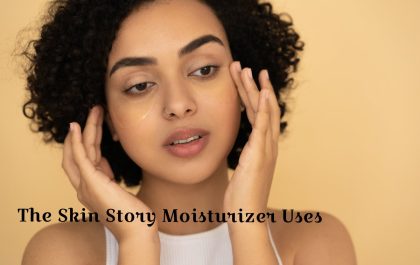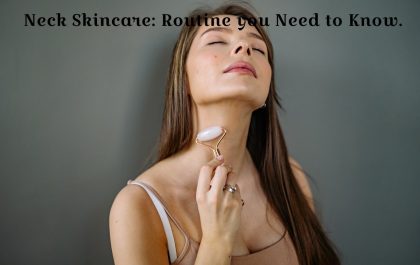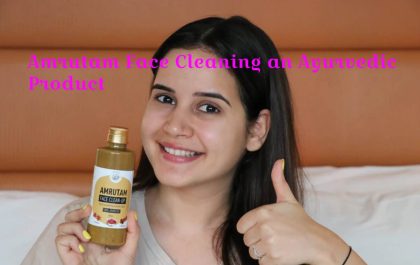Numerous factors, including overheating your hair frequently and medical problems, including hypothyroidism, malnutrition, and biotin deficiency, can cause thin and brittle hair. Examples include a blow dryer, flat iron, curling iron, and other styling tools.
Your hair is remarkably resilient. You put your hair through a lot, from scorching heat to chemical treatments. Therefore, it shouldn’t be a surprise when it exhibits damage.
Dryness, dullness, split ends, and frizzing contribute to thin and brittle hair.
Dry hair has a wide range of severity levels, from mild to severe, and various causes. The first step in treating dry, brittle hair is determining what causes it.
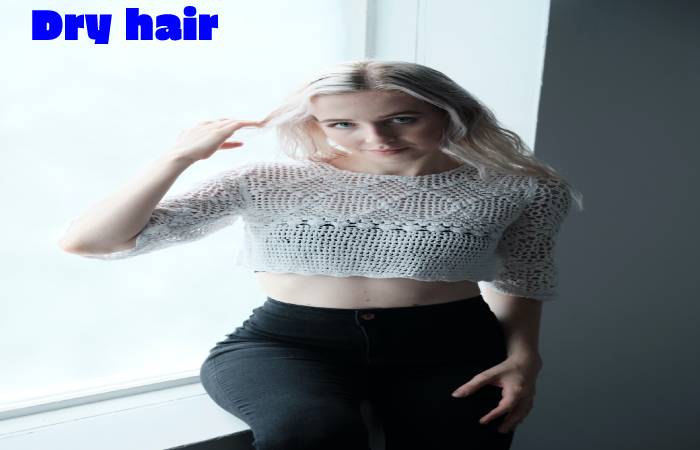
Let’s discuss the reasons for thin and brittle hair and how to prevent it. We’ll also discuss the distinction between brittle and thinning hair and how to care for it.
Table of Contents
ToggleHow Does Hair Look When It Is Dry thin and brittle hair?
Like you, your hair is singular. Your hair’s volume, texture, and styling options are all influenced by your hair type. Simply put, some hair types don’t respond to heat and styling tools as effectively as others.
There are a few universal indications of healthy hair:
- Hardly much shedding
- Texture that is smooth and barely tangles
- When exposed to dampness, it retains its natural texture.
- Healthy, dandruff-free scalp
- Natural sheen and sparkle, yet not excessively greasy
- Minimum symptoms of breakage; no fraying, split ends, or fraying
- Movement and bounce naturally
Usually, hair that doesn’t repel water but soaks it up like a sponge is overly dry. Additionally likely to be scratchy to the touch and more vulnerable to breaking when pushed or stretched is brittle hair. It may also signify dry, thin, and brittle hair if your hair has trouble maintaining style or color.
You shouldn’t ignore damaged hair if it is exhibiting any symptoms. Instead of breakage, thinning may cause extra hair in your brush or hair scattered on your pillow when you wake up.
How Does thin and brittle hair differ
- Your comfort level with your hair in a ponytail has probably grown over time. You’ll notice and perhaps become concerned if there is less hair to pull back one day.
- 50 to 100 hair strands a day are vertical to shed daily. It’s hardly a big deal; the average individual has between 90,000 and 150,000 hairs.
- However, if you begin to lose more than 100 or even 200 hairs per day, it can indicate a more severe problem.
- While the hairline is unaffected, the top part of the scalp typically experiences hair thinning in women. Pulling your hair back may also reveal a wider part or a smaller ponytail.
- When new hair becomes more acceptable and thinner than the existing hair, female pattern hair loss develops, and it causes a decrease in hair volume and finally stops growth.
- Some factors that make your hair fragile can also lead to thinning.
- However, most hair loss instances are genetically based, with potential reasons including stress and style damage.
Treatment Options for thin and brittle hair
The first step to returning your hair’s healthy texture and shine is to make healthy variations to your diet.
When your diet is poor, it reflects on your body and hair.
A healthy diet for hair includes plenty of lean protein and fresh fruits and vegetables to deliver antioxidants and hair-supporting nutrients like biotin, vitamin E, vitamin C, and iron.
Besides making healthy changes in your diet, there are some things you can do to start refining the condition of your thin and brittle hair.
Now are some concepts:
- Change to a shampoo and conditioner designed for damage control. These make with hair-supporting elements like antioxidants, protein, and moisturizing oils to help return your hair’s healthy condition and strength.
- Use pre-shampoo or a conditioning mask. The shower may take a few more minutes, but the moisturizing and refreshing benefits are well worth it.
- Choose hair styling products made with moisturizing elements. Look for conditioners like shea butter, argan oil, and coconut oil while ducking harsh and drying ingredients like alcohol and sulfates.
- Try washing your hair every other day.
Related posts
Compound Back Exercises: What Are They?
Introduction Multiple muscles are working simultaneously by compound workouts. Squats, pull-ups, and reverse lunges are typical Compound Back Exercises. While…
Is The Bretman Rock ab Workout Effective?
Introduction Bretman Rock, a social media influencer and former Vine sensation, shared his Not Workout with the world at the…
Which one Exactly is Daisy Keech’s ab routine?
Introduction Now is a detailed description of Daisy Keech’s ab routine. Every exercise is achieving back-to-back for 10 minutes without…
Vasa Fitness Joliet Provides a Fitness Regime
Introduction After debuting in Villa Park last month, it has a second site in Illinois at North Larkin Avenue. With…
Using the Best Heat Shield Sprays Before Styling
Introduction As hair ages, it gets drier and more delicate, making it more vulnerable to heat damage. You don’t have…
Suggestions for Red Curly Hair Routine Care!
Introduction Did you know that while a significantly bigger number of people carry the genetic factor and can pass it…
Control Of Dandruff Through Various Remedies
Introduction Small bits of dry skin chips have built up on the scalp as Dandruff, a common disease. Using shampoo…
Is Coconut Oil for Hair Beneficial?
Introduction The profits of Coconut Oil for Hair and scalp may be numerous, and it may hydrate and seal hair…
The Best for Lengthening Lashes Is L’Oreal Telescopic Mascara.
Introduction Your lashes are enhanced with L’Oreal Telescopic Mascara extreme length and distinctive lash-by-lash separation. The unique flexible precision brush’s…
SUGAR Cosmetics Is a Well-Known Brand in India.
Introduction SUGAR Cosmetics is an Indian e-commerce firm that sells cosmetics and skincare items that are youth, best suited for…
How To Make Eyeliner Stay Avoid Smudging
Introduction You’re not alone if you notice that, over the day, your Eyeliner Stay begins to budge. Smudging, smearing, or…
A CVS Best Beauty Item Is What?
Cosmetics, fragrances, hair care, hair colour, facial care, and hand and body lotion are qualifying beauty purchases. It Excludes medicines,…
Subway Footlong Calories-Nutritional and Healthy Menu Options
Introduction One of the most well-known fast-food restaurants in the world, Subway has more than 40,000 outlets throughout the globe….
Hazelnut Creamer Enriches the Flavours.
Introduction Hazelnut is a type of nut with thin, light brown skin and is usually oval or spherical. Hazelnuts harvests…
What Is Gel Tab?
Introduction A Gel Tab is a drug that contains an opioid, like hydrocodone or oxycodone, and a non-steroidal anti-inflammatory drug…
What is Diet Root Beer?
Introduction India can produce incredibly distinctive root beer using spices and chillies. A wide variety of delectable tastes and smells…
Get Ready for BroadBand Light BBL Treatment
Introduction Intense pulsed light is harnessed by BroadBand Light technology to BBL Treatment outstanding photo rejuvenation treatment outcomes. A wide…
The Skin Story Moisturizer Uses
Introduction The Skin Story Moisturizer Cream provides a balanced moisturising and hydrating effect. With the help of our moisture-boosting cream,…
Neck Skincare: Routine you Need to Know.
Introduction Most of us learn how to practise excellent hygiene and take care of our Skin from an early age….
Amrutam Face Cleaning an Ayurvedic Product
Introduction Amrutam Face Cleaning guarantees complete skin cleaning. It is an Ayurvedic acne remedy that moisturises and feeds the skin…

